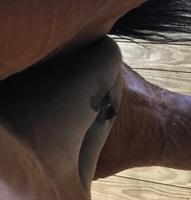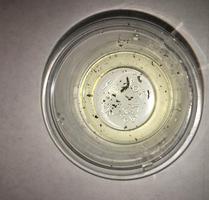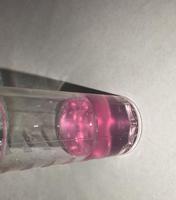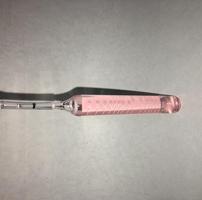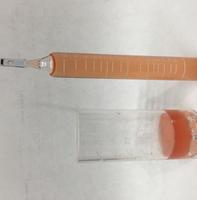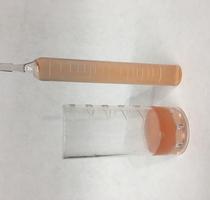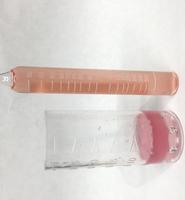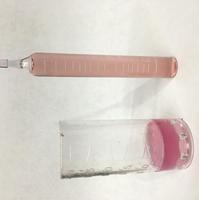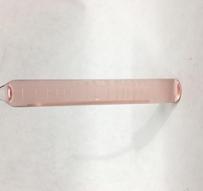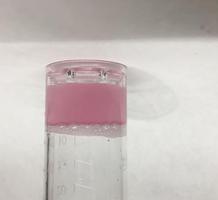Topline Equine Veterinary Care
Milk Calcium Testing to Predict Impending Foaling
Have you ever found yourself in one of these scenarios with your expectant mare?
Wish there was a reliable way to predict when your mare will foal?
Read on below to learn about calcium testing!
Double click here to add text.
Milk Calcium Testing to Predict Foaling
Prediction of foaling based on changes in calcium concentrations in mammary secretions has been used successfully for many years. Calcium concentration in milk increases sharply as the mare approaches the time of foaling. Calcium levels above 40 mg/dl or 200 ppm indicate that the mare has a high probability of foaling within the next 48 hours. Conversely, mares with a milk calcium level of less than 40 mg/dl are unlikely to foal in the next 24 hours. It is recommended that testing be initiated several days prior to the expected due date. Testing in mares with an unknown breeding date should begin when significant udder development is noted and a small amount of secretion can be obtained.
Milk calcium testing to predict foaling is based on a quantitative chemical reaction measuring calcium carbonate. A milk sample is obtained and mixed with distilled water. An indicator dye is added and small amounts of the test sample are aspirated into a calibrated titration chamber until the color in the chamber turns from orange-pink to blue. Level of calcium carbonate is determined using a scale provided on the glass chamber. Again, high calcium levels suggest a high probability of foaling, while low calcium levels suggest that the mare is less likely to foal in the next 12 to 24 hours. The last few days prior to foaling can be especially tedious for the owner, farm manager or foaling staff. Late-term pregnant mares should be monitored closely to optimize services of farm or veterinary personnel, maximize use of foaling space, and to assist with the safe delivery of the foal if needed. Milk calcium tests may be beneficial to predict impending foaling on farms with limited foal-watch personnel.
Sample Examples
(Click on photos to view enlarged versions)
<50 ppm result
Sample taken approximately 1 week before foaling
<50 ppm results
Left to right, samples are progressively closer to foaling
<50 ppm result
Left initial result, right after sitting 5 minutes
<50 ppm result
50 ppm (left) and 55 ppm (right) results
The right sample was taken the day after the left sample. This mare foaled ~4 days after the 55 ppm result.
90 ppm (left) and 200 ppm (right) results
The right sample was taken the day after the left sample.
This mare foaled ~36 hours after the 200 ppm result.
125 ppm result
This mare foaled in <48 hours.
225 ppm result
This mare foaled in <24 hours.
"Negative" Samples
"Positive" Samples
______________________________________________________________________




